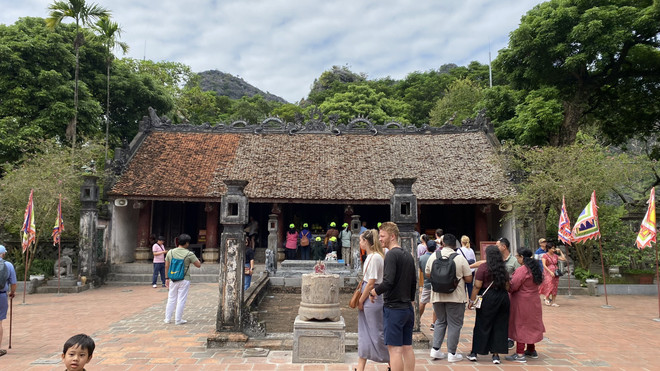 Panoramic view of the dragon yard and main hall of King Dinh Tien Hoang Temple. (Photo: Bich Hang/Vietnam+)
Panoramic view of the dragon yard and main hall of King Dinh Tien Hoang Temple. (Photo: Bich Hang/Vietnam+)
In 968, after suppressing the rebellion of 12 warlords, Dinh Bo Linh ascended the throne, established Dai Co Viet and chose Hoa Lu as the political center - the first capital of the centralized feudal state.
The majestic and quiet ancient capital of Hoa Lu, amidst the charming landscape of Ninh Binh, witnessed the heroic nation-building and defense of the 12 years of the Dinh Dynasty (968-980), 29 years of the Tien Le Dynasty (980-1009) and the beginning of the Ly Dynasty (1009-1010), with golden marks: unifying the country, defeating the Song and Champa, and starting the process of establishing the capital in Thang Long- Hanoi .
After more than 1,000 years of history, many historical relics of the ancient capital Hoa Lu are still preserved and maintained to this day. Typical examples are the Temple of King Dinh Tien Hoang and the Temple of King Le Dai Hanh - works of very important cultural and historical value to the Vietnamese people.
King Dinh Temple and King Le Temple, built during the Ly Dynasty and rebuilt by the Later Le Dynasty in the 17th century, are located in Truong Yen Commune - a location in the center of the Eastern Citadel of the ancient Hoa Lu Capital. The two special historical relics have been ranked as “Top 100 Famous 100-year-old Constructions in Vietnam.”
Temple of King Dinh Tien Hoang
King Dinh Tien Hoang Temple was built during the Ly Dynasty in the style of “inner public, outer private”, located among the canopy of giant trees, and is a unique architecture of wood and stone carvings by Vietnamese folk artisans in the 17th and 19th centuries.
The temple complex includes majestic structures such as Ngo Mon Gate, artificial mountain, lotus pond, flower garden, outer and inner ceremonial gates, and three worshiping halls, incense burning hall and the harem.
The outer layer is the Ngo Mon Quan (outer gate) with 3 tiled rooms. In front of the Ngo Mon Quan is a dragon bed carved from green stone. Through a courtyard to the second layer is the Nghi Mon (inner gate) with 3 rooms built from ironwood, the architecture follows 3 rows of pillars. The four outer corners of the inner Nghi Mon Gate are built with four tall pillars.
At the end of the main path, past two large pillars, you will reach the dragon courtyard. In the middle of the dragon courtyard, there is a second stone dragon bed, 1.8m long, 1.4m wide, with reliefs all around. On both sides of the dragon bed, there are two stone unicorns, carved on two solid blocks of green stone.
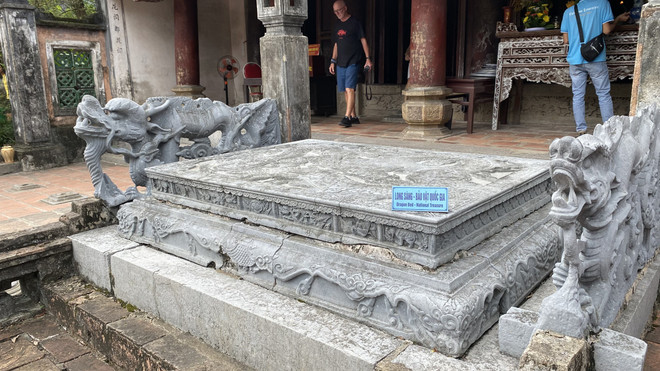 The green stone dragon bed is placed in the dragon yard in front of the worshiping hall. (Photo: Bich Hang/Vietnam+)
The green stone dragon bed is placed in the dragon yard in front of the worshiping hall. (Photo: Bich Hang/Vietnam+)
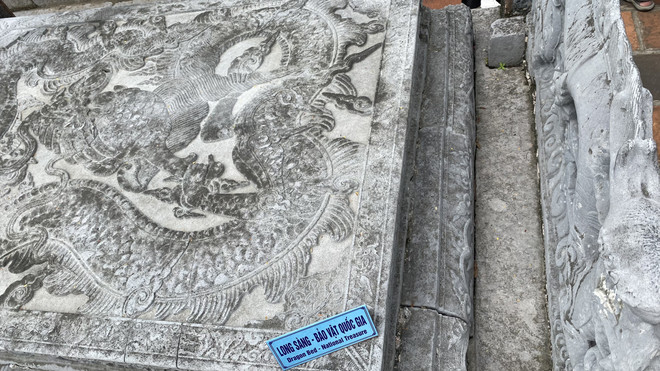 The dragon image on the dragon bed is carved with a woman's hand. (Photo: Bich Hang/Vietnam+)
The dragon image on the dragon bed is carved with a woman's hand. (Photo: Bich Hang/Vietnam+)
In particular, the dragon bed surface shows a unique image in the history of Vietnamese sculpture, which is the image of a dragon holding a woman's hand. The pair of dragon beds in front of Ngo Mon Quan and in the dragon yard have been recognized as National Treasures.
From the dragon yard, one step up is the 5-room worshiping hall, with unique architecture. Next is the incense burner, with a tube-shaped architecture, where the four pillars of the Dinh dynasty are worshiped.
After passing the incense burning hall, visitors enter the main palace with 5 compartments. The middle compartment worships the statue of King Dinh, cast in bronze and placed on a monolithic green stone altar. On both sides of the stone altar are two stone dragons, carved in the style of a horse saddle.
The left room worships the statue of Dinh Lien facing south, the eldest son of King Dinh Tien Hoang. The right room worships the statues of Dinh Hang Lang (outside) and Dinh Toan (inside), both facing north, the two second sons of King Dinh Tien Hoang.
This is the only temple in Vietnam that worships King Dinh Tien Hoang, his parents, his sons, and also has tablets to worship the generals of the Dinh dynasty.
Temple of King Le Dai Hanh
Located about 500 meters north of King Dinh Temple is King Le Dai Hanh Temple (also known as Le Hoan). This ancient temple still retains the unique architectural art of the 17th century and worships King Le Dai Hanh, Queen Mother Duong Van Nga, and Le Long Dinh.
The temple also worships the tablet of Princess Le Thi Phat Ngan, daughter of King Le, and the tablet of General Pham Cu Luong, who helped Le Hoan ascend the throne.
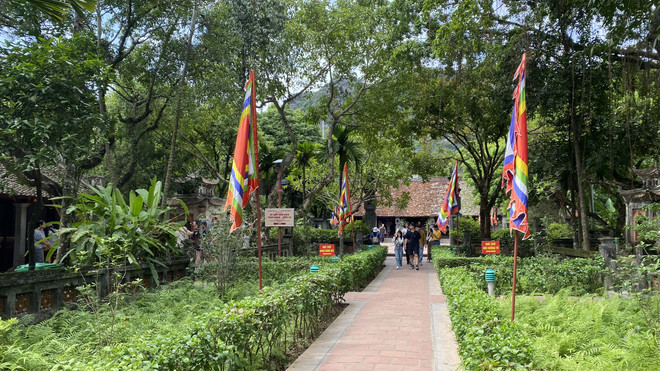 The main path leading to the Temple of King Le Dai Hanh. (Photo: Bich Hang/Vietnam+)
The main path leading to the Temple of King Le Dai Hanh. (Photo: Bich Hang/Vietnam+)
Built at the same time as King Dinh Tien Hoang Temple, King Le Dai Hanh Temple has an architecture quite similar to King Dinh Temple and retains the architecture and sculpture of the Later Le period.
King Le Temple was also built in the "inner public, outer private" style, with three buildings including the worshiping hall, incense burning hall, and main palace.
Like King Dinh Temple, King Le Temple has the temple door set back to the main column and the temple is enclosed all around, so the inside of the temple is quite dark. The dim light gives the worship objects and statues a majestic, ancient and mysterious look.
Legend has it that King Le Dai Hanh Temple was built on the old foundation of the ancient Hoa Lu Palace. In 1998, archaeologists excavated a 200m2 area to the south of the temple grounds and found the remains of the old palace foundation and some ancient ceramics. These precious artifacts are kept in the museum room on the left side of the temple.
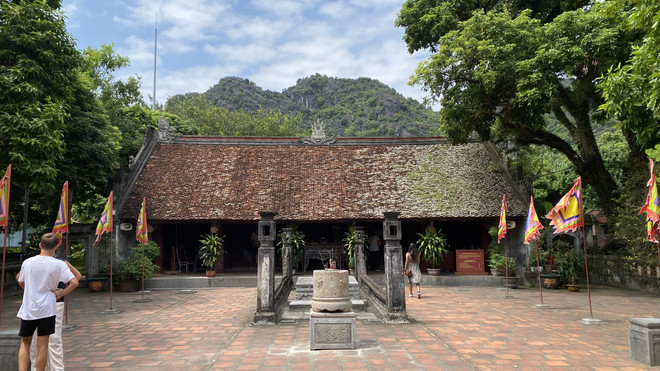 The dragon yard in front of King Le Dai Hanh Temple. The temple was built on the old palace foundation of the ancient capital Hoa Lu. (Photo: Bich Hang/Vietnam+)
The dragon yard in front of King Le Dai Hanh Temple. The temple was built on the old palace foundation of the ancient capital Hoa Lu. (Photo: Bich Hang/Vietnam+)
The worshiping hall of King Le Temple has 5 compartments, with three large red and gold-plated panels. Next is the incense burning hall built in the architectural style of a tube. Inside the incense burning hall, the four pillars of the Tien Le Dynasty are worshiped.
The main palace has 5 compartments, the middle compartment worships the statue of King Le Dai Hanh sitting on the throne, wearing a Binh Thien hat, with a stern and majestic face.
The left room worships the statue of Queen Duong Van Nga, also known as the statue of Queen Mother Bao Quang. The right room worships the statue of Le Long Dinh (Le Ngoa Trieu), the 5th son of King Le Dai Hanh and the 3rd King of the Tien Le Dynasty.
The Temple of King Dinh and King Le is not only a symbol of the people's respect and gratitude to the two Kings who made great contributions to building and protecting the country in the 10th century, but also the traces of the ancient Hoa Lu Dynasty still remain here, reminding us of the glorious, independent, and autonomous period of Dai Co Viet a thousand years ago - for the first time after the period of Chinese domination, the Vietnamese people had an independent country, a separate centralized feudal state and its own army.
The national pride of the Vietnamese people is expressed in the parallel sentences at King Dinh Temple: "Co Viet country is on par with the Song Dynasty of Khai Bao/ Hoa Lu capital is like the capital of Trang An of the Han Dynasty."
In 2014, Hoa Lu Ancient Capital - one of the four core areas of Trang An Scenic Landscape Complex - was officially recognized by UNESCO as the first and only dual cultural heritage in Southeast Asia./.
(Vietnam+)
Source: https://www.vietnamplus.vn/den-tho-vua-dinh-vua-le-noi-luu-dau-vet-vuong-trieu-co-do-post901663.vnp


![[Photo] Ready for the top competitions of Vietnamese table tennis](https://vphoto.vietnam.vn/thumb/1200x675/vietnam/resource/IMAGE/2025/5/18/9c547c497c5a4ade8f98c8e7d44f5a41)
![[Photo] Many young people patiently lined up under the hot sun to receive a special supplement from Nhan Dan Newspaper.](https://vphoto.vietnam.vn/thumb/1200x675/vietnam/resource/IMAGE/2025/5/18/6f19d322f9364f0ebb6fbfe9377842d3)

![[Photo] Party and State leaders visit President Ho Chi Minh's Mausoleum](https://vphoto.vietnam.vn/thumb/1200x675/vietnam/resource/IMAGE/2025/5/19/d7e02f242af84752902b22a7208674ac)
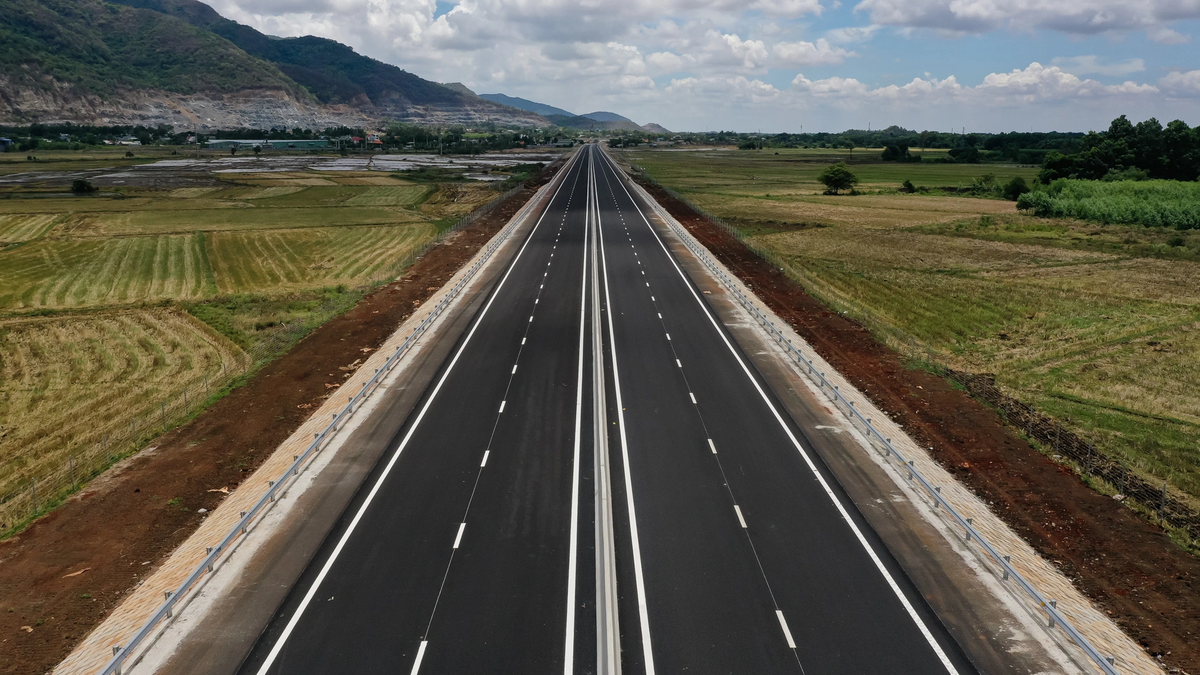
![[Photo] Party and State leaders attend the special art program "You are Ho Chi Minh"](https://vphoto.vietnam.vn/thumb/1200x675/vietnam/resource/IMAGE/2025/5/18/6895913f94fd4c51aa4564ab14c3f250)
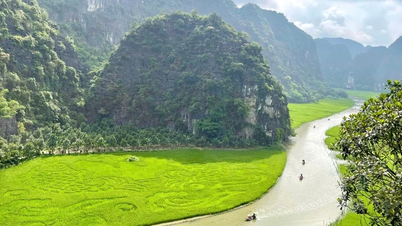

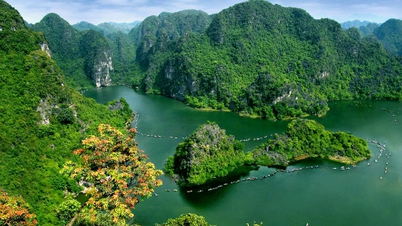

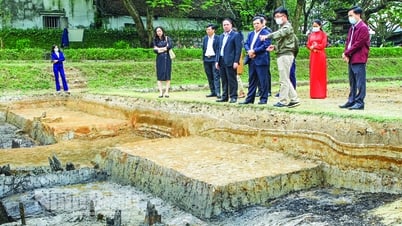



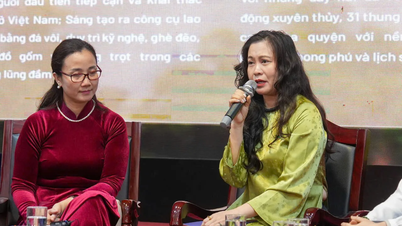





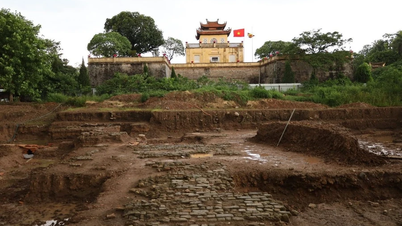

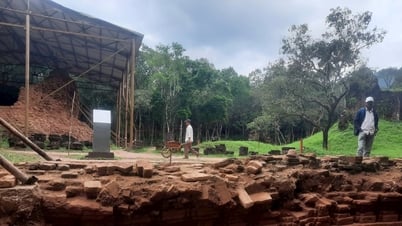

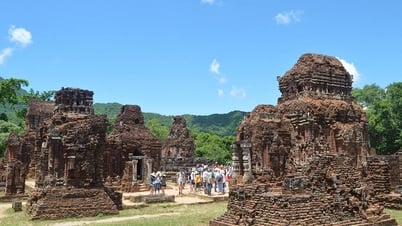


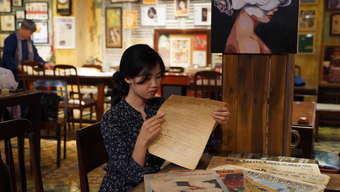

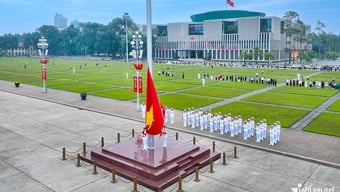
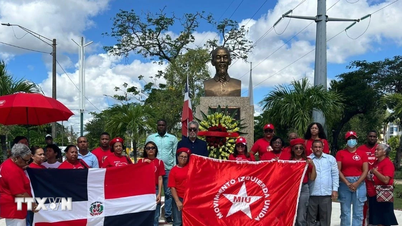



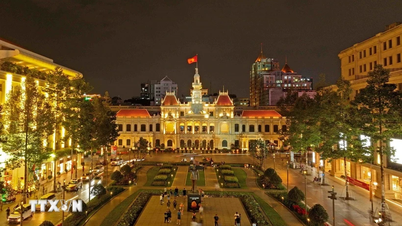
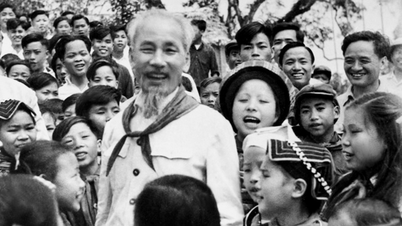




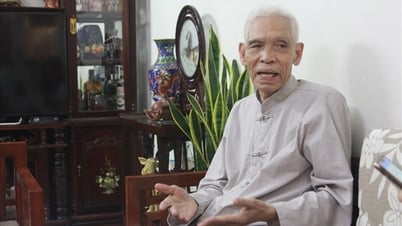

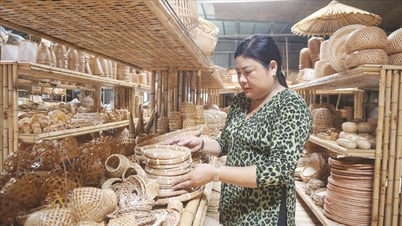



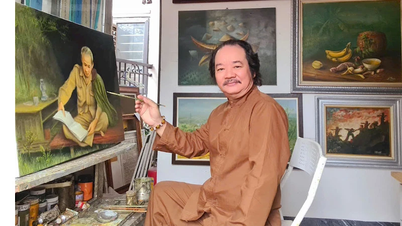
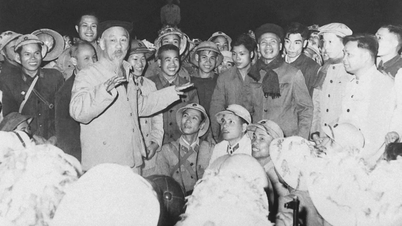

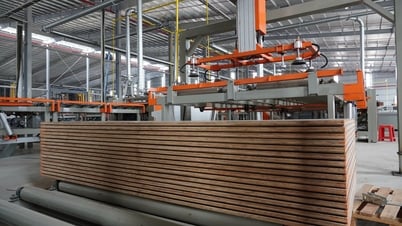










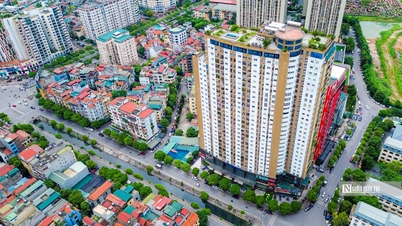


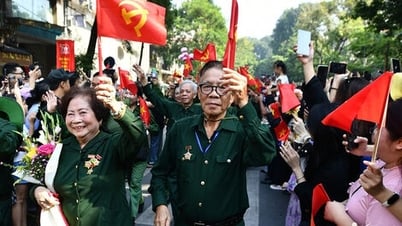












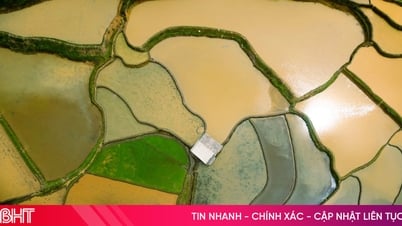

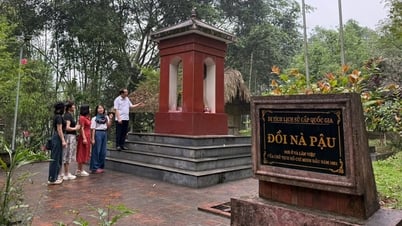


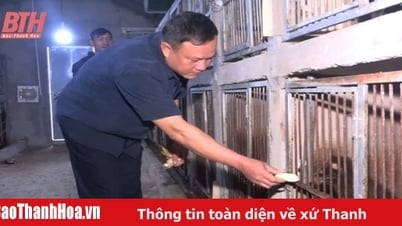
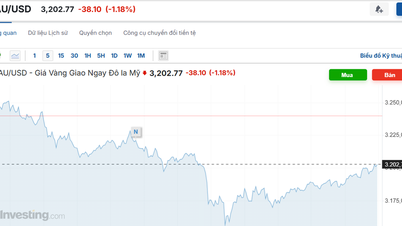

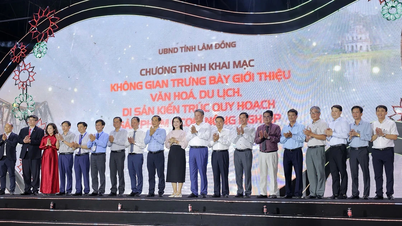
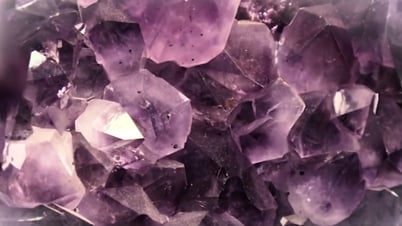
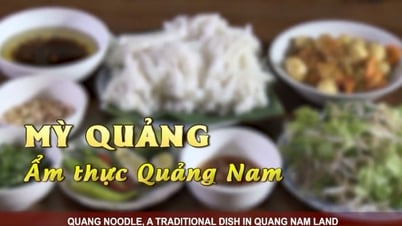


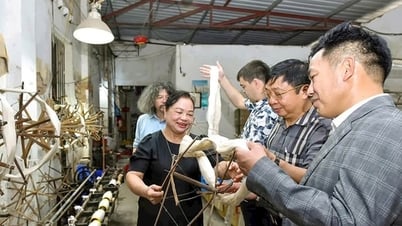

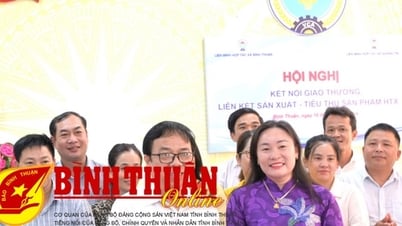

Comment (0)